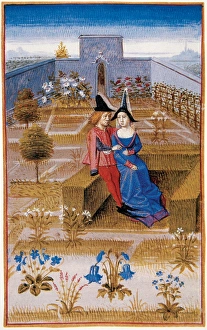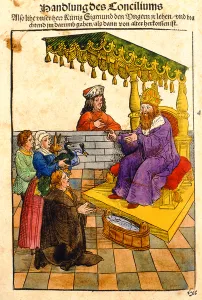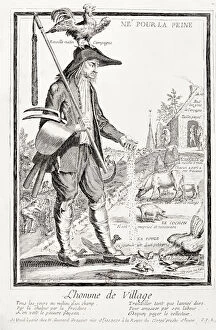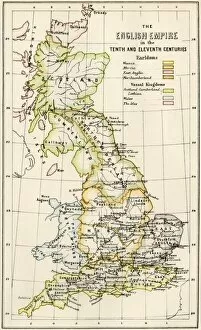Feudalism Collection (page 5)
Feudalism: Unraveling the Social Fabric of Medieval Societies Step back in time and explore the intricate web of power, hierarchy, and obligations that defined feudalism
All Professionally Made to Order for Quick Shipping
Feudalism: Unraveling the Social Fabric of Medieval Societies Step back in time and explore the intricate web of power, hierarchy, and obligations that defined feudalism. This captivating system shaped societies across Europe and Japan for centuries, leaving an indelible mark on history. Let's start our journey in England, gazing upon a map from 1066. The land is divided into fiefdoms ruled by powerful lords who built majestic medieval castles as symbols of their authority. One such castle was Nottingham Castle in the 1500s, standing tall amidst lush greenery. Inside these fortresses lay opulent dining rooms where nobles indulged in lavish feasts while surrounded by tapestries depicting tales of valor and chivalry. Meanwhile, outside those stone walls, peasants toiled under the watchful eye of their feudal lord, receiving instructions on their daily tasks. Venturing beyond England's borders takes us to France's stunning Castle of Pierrefonds—a testament to medieval architectural prowess. Here we witness another manifestation as French society operated under similar principles. Across the globe lies Japan with its own unique version captured beautifully on a map from 1615. It reveals a complex network connecting daimyos (feudal lords) ruling over vast territories with unwavering loyalty to the shogunate. Another map showcases Japan before Sekigahara—an era marked by shifting alliances and territorial disputes. Intriguingly contrasting this political landscape are exhilarating tournaments where knights clad in armor clash against each other displaying strength and skill—the ultimate spectacle for both noble spectators and commoners alike. However, not all aspects were glamorous within this social structure; peasants faced hardships like paying rent during the late Middle Ages when even basic survival was a struggle against nature's whims. Amidst it all stood Christian knights whose faith intertwined with their knightly code of honor.











